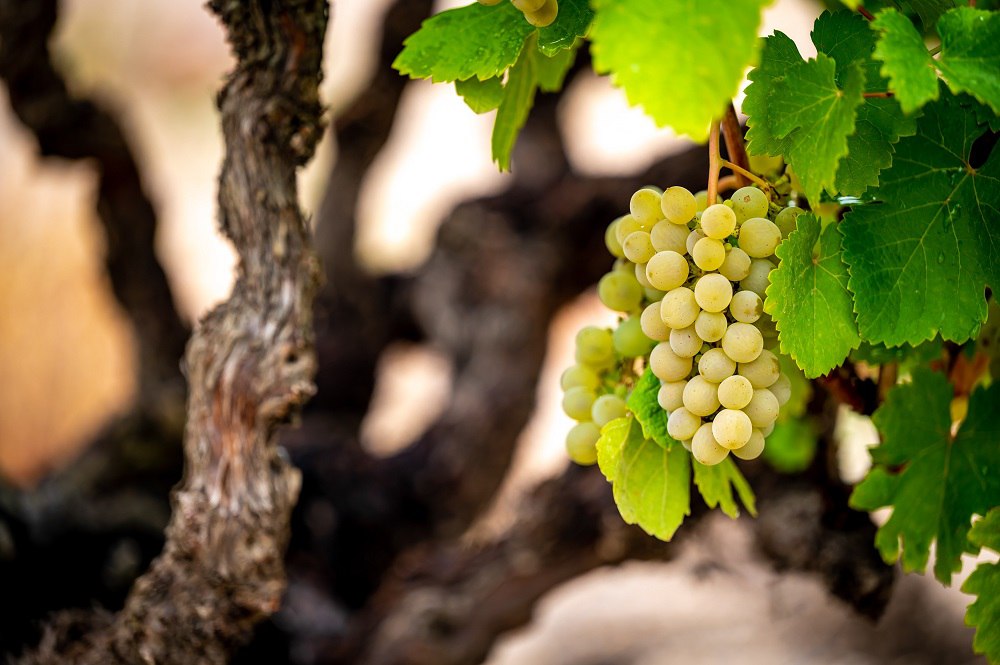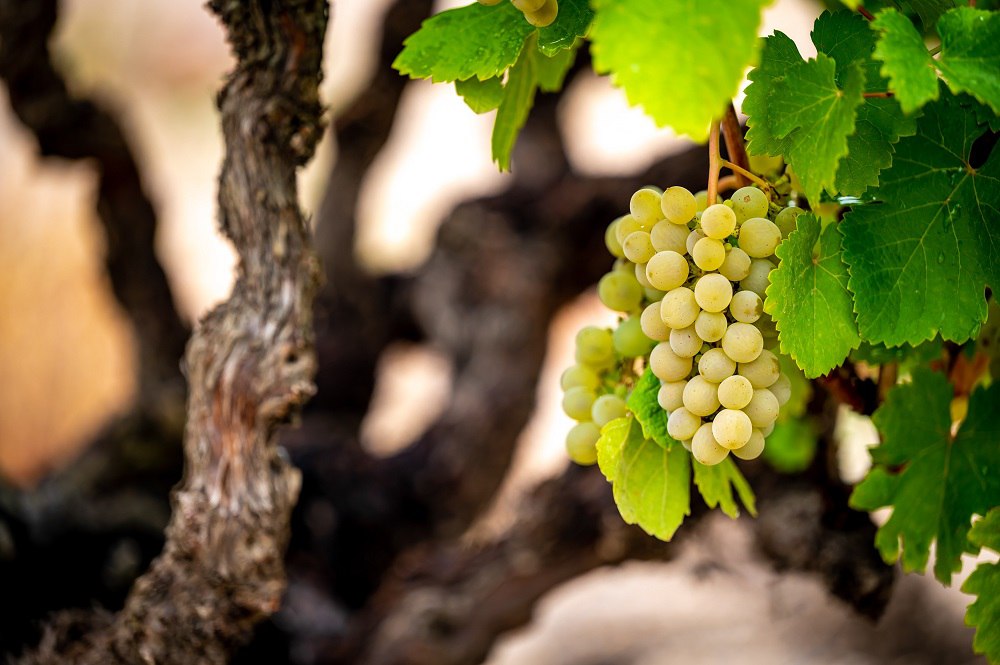
Verdejo
Verdejo is a white grape variety that produces an herbaceous white wine that grows almost exclusively in the region of Rueda in Spain.
If you’re a fan of crisp, fresh, aromatic, fruity white wines with clean herbaceous notes, you’ll want to reach for a Verdejo.
Once an unknown quantity from the valleys of Castilla y León, Verdejo has been put on the international map and been described as Spain’s answer to New Zealand Sauvignon Blanc. The production has steadily increased for years, reflecting the insatiable global demand for saline, crisp and dry whites. As a result, Verdejo has become a symbol of Spain’s ability to produce crisp white wines. Today, Verdejo is one of Spain’s fastest-growing white grape varieties, with over 16,500 hectares under vine.
Rueda
The Rueda region in Spain is home to the largest number of plantings of Verdejo grapes in the entire world. Some grapes are planted on steep sandy soils that are naturally phylloxera resistant and some of these vineyards have century old vines which produce some of the most expressive Verdejo wines.
Traditionally, Rueda was fermented at high temperatures and matured in wood, creating an oxidative and textured style of wine, which often lacked fruit and finesse. However, many producers now insist on careful harvesting and vinification techniques to maintain its refreshing, lively style, as the grape is prone to easy oxidation.

Two Styles
In broad strokes, two expressions of Verdejo are being made today.
With protective winemaking techniques, one style emphasizes on fruit and freshness, boasting citrus, cut grass, peach and melon aromas. It is mostly made as a light bodied wine with a dry palate, with medium – high acidity and medium to pronounced flavors.
Verdejo can also be made in a richer, fuller bodied style when it has undergone lees stirring and barrel fermentation. These wines have also bring bready and toasty characteristics and show more complexity in addition to their primary fruit.
Verdejo can also be blended with Sauvignon Blanc and or Viura, yielding a minerally and saline dry white wine.
The timing of Rueda’s rise to fame is very favorable for consumers and Sommeliers who are starting to tire of New World Sauvignon blanc and are on the hunt for high-quality and affordable alternatives. Verdejo fits the bill perfectly.
WorldVerdejoDay – 2nd Friday in June




